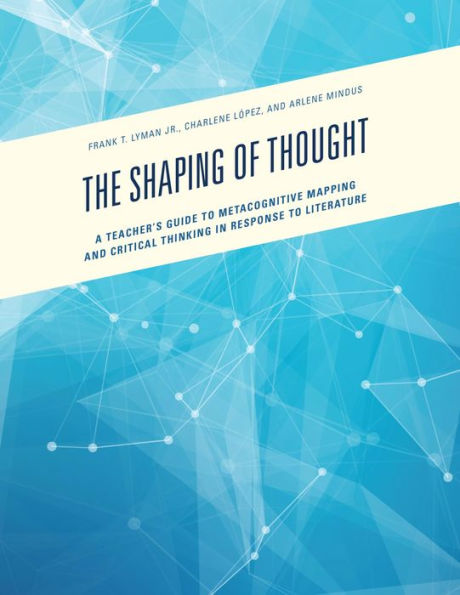The Shaping of Thought: A Teacher’s Guide to Metacognitive Mapping and CriticalThinking in Response to Literature provides a strategic and structured approach to the use of cognitive mapping in response to literature. The allied metacognitive strategy of ThinkTrix, incorporating seven basic thinking types, or mind actions, has emerged from elementary student-created cognitive maps known as ThinkLinks, a student friendly term. Students had labeled their thinking on the ThinkLinks and from the hundreds of work samples, the seven types of thinking were identified. Placed in a matrix with focal points, the thinking types became the ThinkTrix. Originally thought to be cues for teacher questioning, students soon took on the mind actions for their own questioning, responding, and mapping. The book offers a procedural and exemplified guide to metacognitive mapping and is built upon the central purpose of student-generated connections between life and literature.
Once teachers and students have adopted or adapted the suggested framework and strategies in The Shaping of Thought, they will always have visual andaware representation of thinking as a learning tool. Problem solving, decision making, inquiring, and creating will have joined with an indispensible means to lifetime learning and to the goal of constructing what Jerome Bruner called “structures of knowledge”.
Along with a teaching strategy, the book includes strong philosophical underpinnings with “The Kaleidoscope of Learning”, teacher/student tools, numerous activities, and samples of student work. Taken seriously, the Guide will deepen the understanding of literature and life in the direction of the “Big Ideas”, as envisioned by McTighe and Wiggins and by so many teachers.



